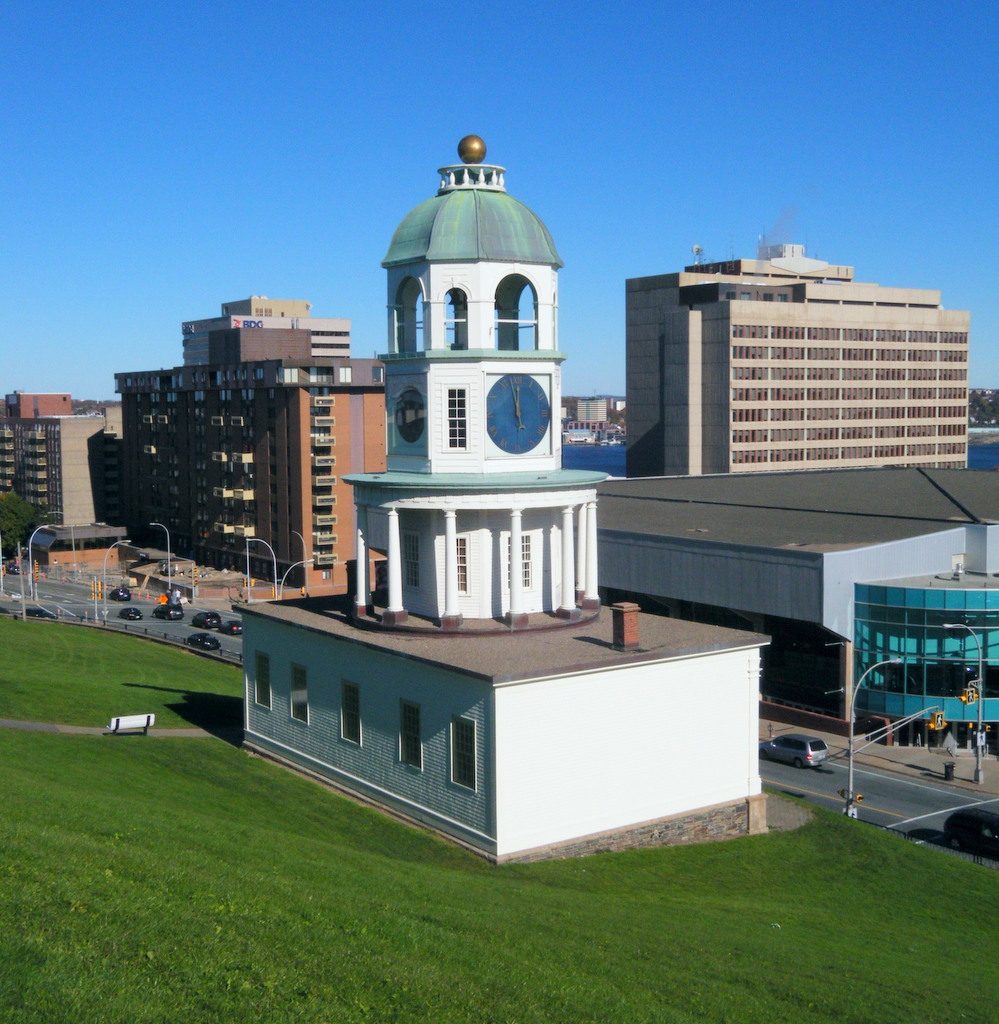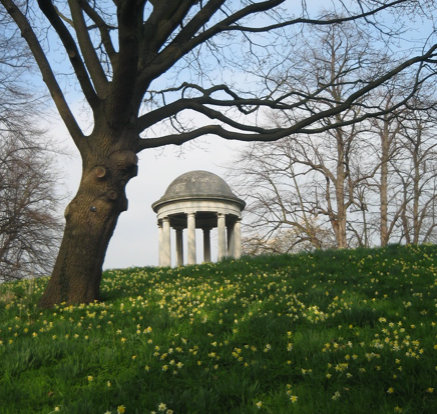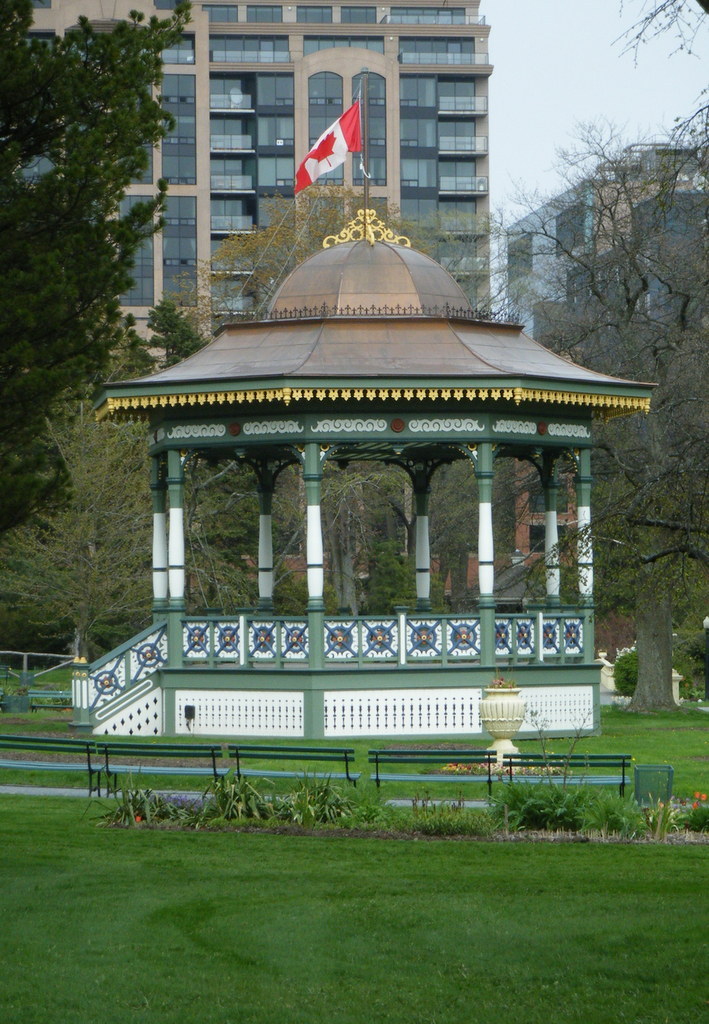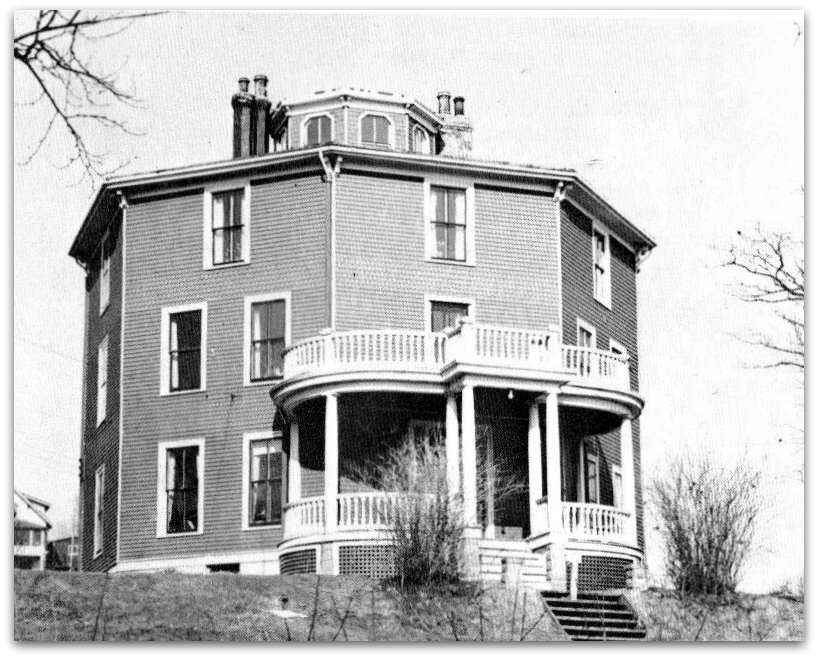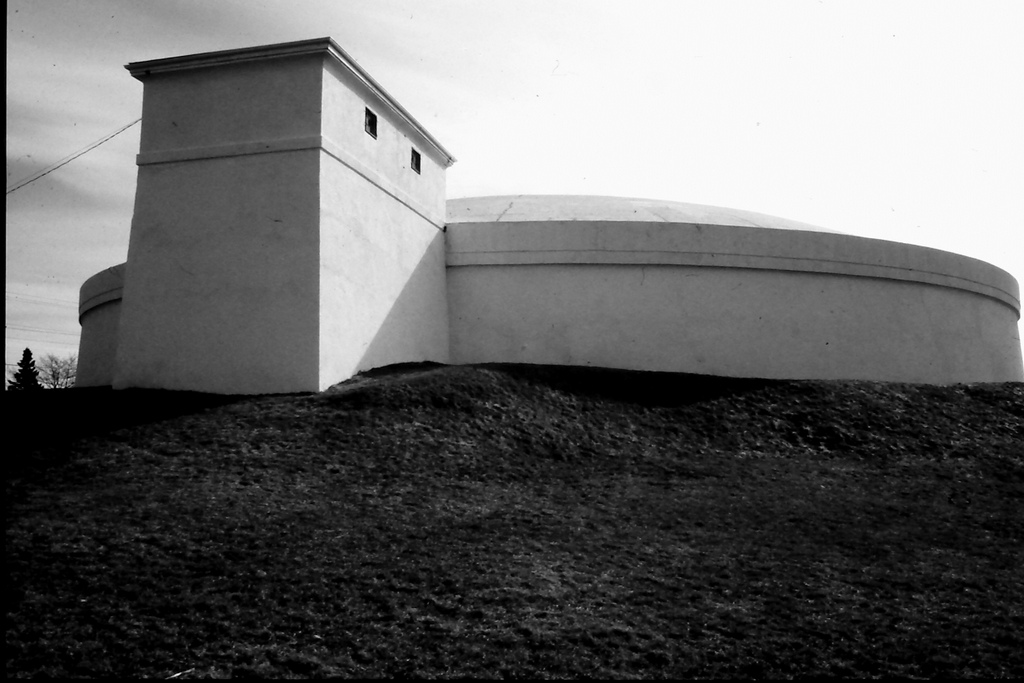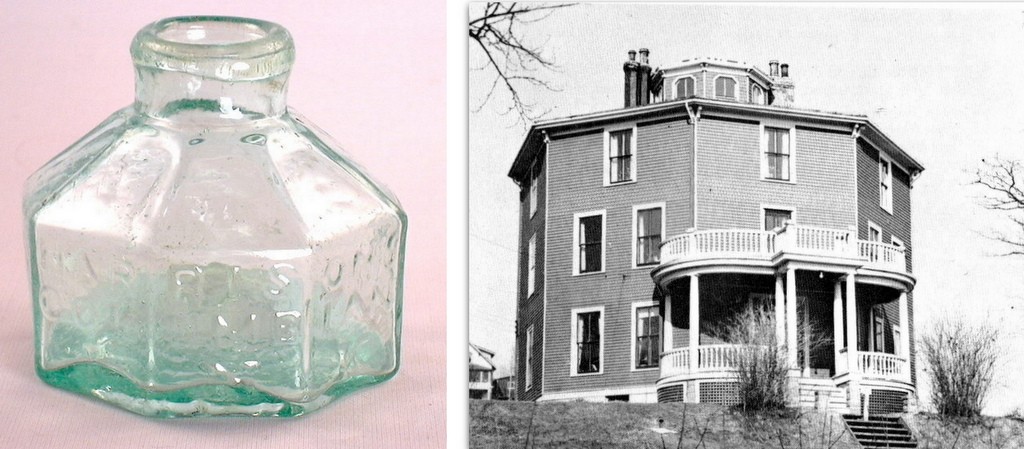A delightful little architecture tale we enjoy telling in Halifax is that Prince Edward, the Duke of Kent, had a fondness for round buildings and left us four examples. The Prince was Commander in Chief of British forces in North America, and based in Halifax at the very end of the 18th century. His enduring claim to fame is as Queen Victoria’s father.
A couple of Edward’s round buildings are being worked on as part of the sesquicentennial so this is a good excuse to remember our round, and near round, inheritance.
The Prince of Wales Tower, or Martello Tower as I always knew it, is right there on your walk through Point Pleasant Park. The Duke built a bunch of these state of the art defences around the harbour’s edge. My blogging colleague told all.
The most visible, and least round, of the D of K’s architectural projects was the Town Clock, the icon of the city. I used to think that the ground floor podium and the tower were uncomfortable companions, but I’ve gotten over that. The clock has been backing up the noon gun since 1803.
The Clock and the Martello Tower are part of Parks Canada’s special care program for Canada 150.
St George’s round church on Brunswick Street is also linked with the Duke. When the church was badly damaged by a fire in 1994 I was not convinced that it should be rebuilt. I was wrong. It is a wonderful space, and when I attend concerts the unforgiving pews punish me for my uncharitable thoughts.
The most personal of Prince Edward’s round buildings, the Music Room, was on his country estate. The regimental band could be playing in this little pavilion overlooking Bedford Basin, while Edward and his lady friend strolled the grounds. Guess it was similar to those speakers disguised as rocks that some folks have in their gardens today.
Picturesque garden follies like the Music Room were common in grand English landscape designs of the time. The prince would have been familiar, for example, with this little round temple in Kew, in London.
About 90 years later the bandstand in the Public Gardens was analogous to the Music Room. It is actually octagonal rather than round but too perfect not to include. It celebrates Prince Edward’s daughter’s Golden Jubilee in 1887. Victorian in every sense.
And speaking of octagons, one of the early examples of demolition remorse in Dartmouth was when the 1871 Octagon House on Dahlia Street was knocked down in 1969.
Century Tower on Wellington Street in Halifax was an oddity when it was built. (It has a 1967 Centennial symbol on a plaque but is it really that old?) These days a number of roundish apartment towers are being built or proposed. We could do better.
And some of my favourite round structures for last: a 1913 triumph of engineering, our old reservoir in the north end.
And a modernist treasure, the chapel at St Vincent’s Nursing Home on Windsor Street. A distant view of it can be enjoyed from Quinpool Road, now that the high school has been carted away.
What’s missing. Bet there are roundish buildings out there that I’ve overlooked.
Postscript
- The Octagon House in Dartmouth was also known as the Ink Bottle House. When you see the common shape of a nineteenth century ink bottle you understand why.
- Tower Road got its name because it was the original road from downtown to the Martello Tower. That explains why it rambles a bit and defies the later street grid. In the 1980s the VG hospital claimed a section of Tower Road and made it and the old School for the Blind site into a giant parking lot. The cut off northern section of the street was renamed Martello (Martello/Tower Road – get it). Recently the Martello chunk was renamed Cathedral Lane. Whatever.
- In the September 2015 edition of The Griffin, The Heritage Trust’s publication, there is a fascinating article by Peter Delefes about his family connection to the Music House, at Prince’s Lodge. His grandparents owned the property and had a cottage there during much of the last century.
He includes a couple of photos of the local Greek community at the site after Sunday morning church services. I particularly like a shot from 1935 with folks at a long table beside the Basin having lunch. Must have felt almost Mediterranean picnicking below the little, round, classical temple.







